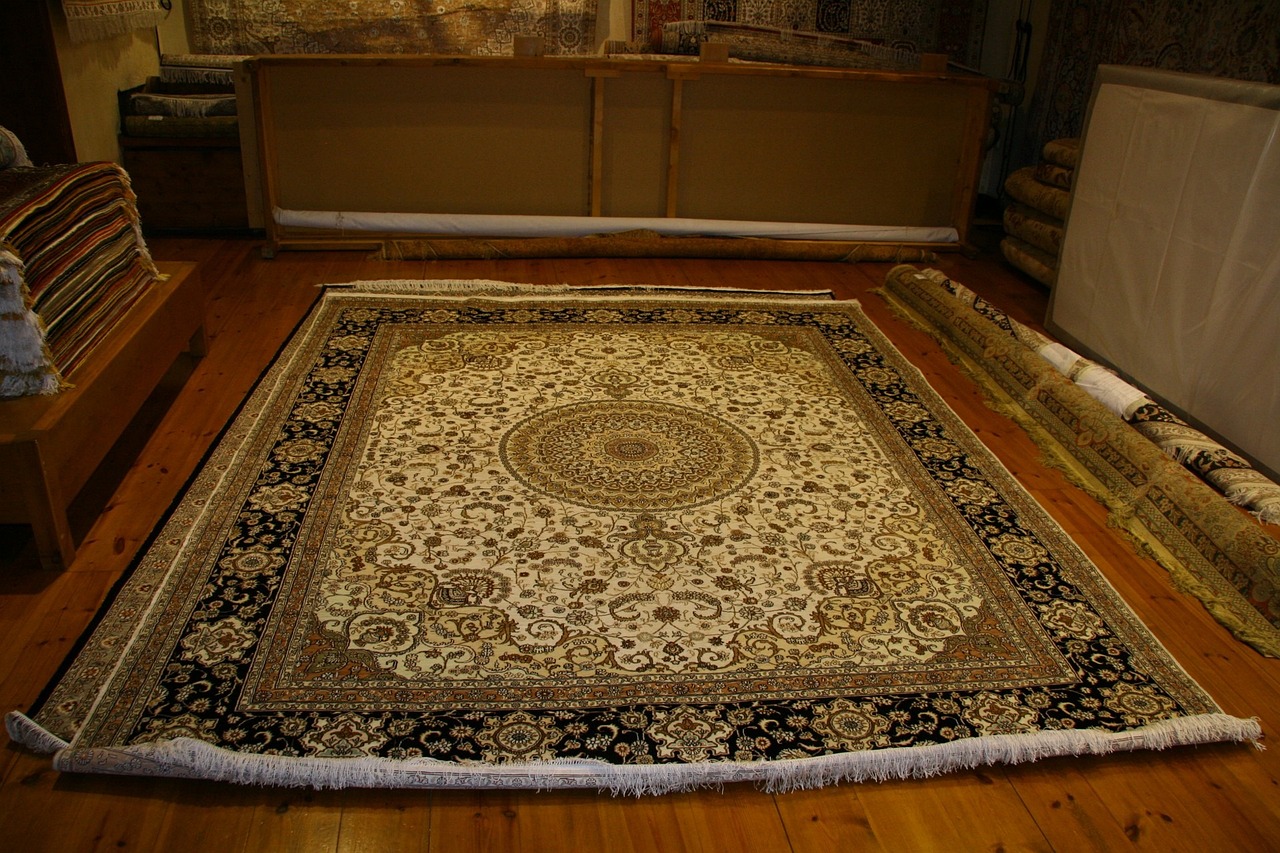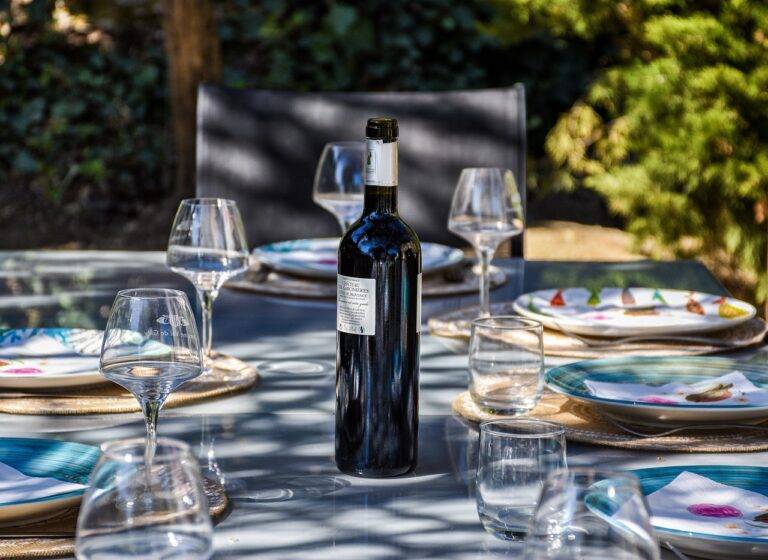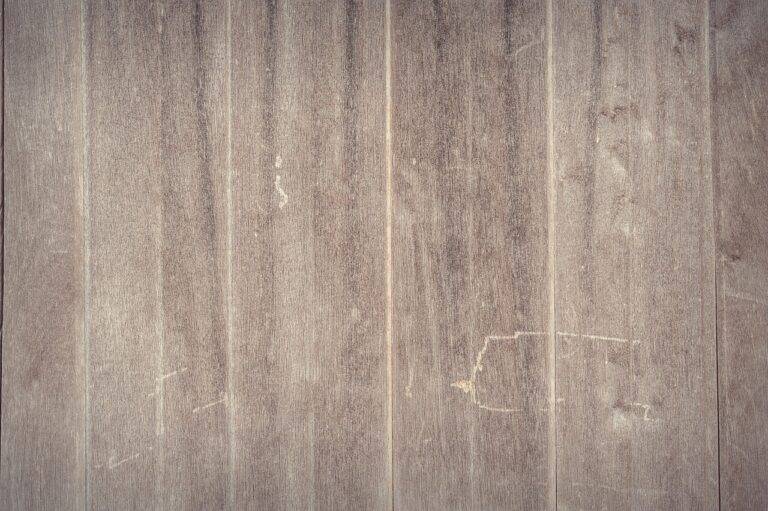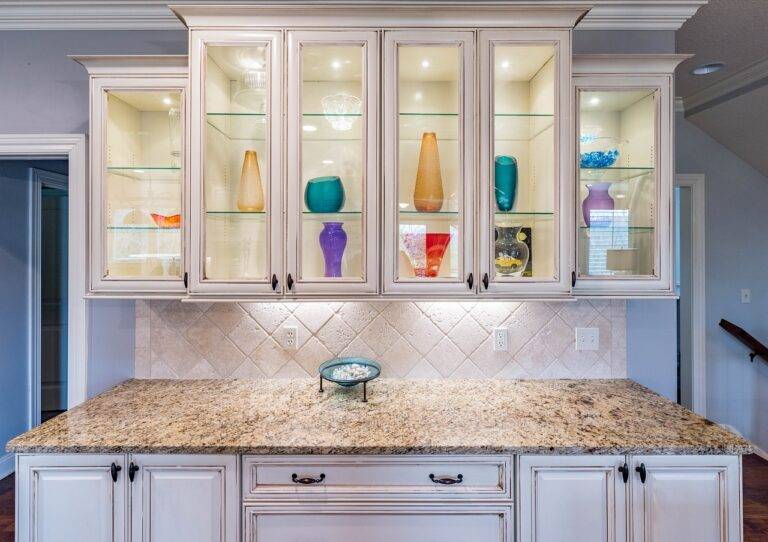How to Design an Outdoor Kitchen That’s Perfect for Summer Entertaining
When it comes to planning the layout of your outdoor kitchen, functionality should be at the forefront of your mind. Start by considering the workflow and proximity of key components, such as the grill, countertops, and sink. Ensuring that these elements are strategically placed can make cooking and entertaining in your outdoor space a seamless experience.
In addition to functionality, also think about the aesthetics of your outdoor kitchen layout. Incorporating design elements that complement your overall outdoor space can enhance the visual appeal of your kitchen. Consider factors like lighting, seating areas, and landscaping to create a cohesive and inviting atmosphere for both cooking and socializing.
Selecting the Right Appliances for Your Outdoor Kitchen
When it comes to outfitting your outdoor kitchen with the right appliances, it’s essential to consider both functionality and durability. Start by evaluating the cooking habits and preferences of your household to determine the necessary appliances. For those who enjoy grilling, investing in a high-quality gas or charcoal grill is a must. Additionally, incorporating a smoker or outdoor pizza oven can elevate your culinary experience and provide versatility for different types of cuisine.
Beyond cooking appliances, don’t overlook the importance of refrigeration and storage in your outdoor kitchen. A refrigerator or beverage cooler will keep ingredients fresh and drinks cold, while ample storage space for utensils, cookware, and serving dishes is essential for a seamless cooking and dining experience. By selecting appliances that cater to your specific needs and investing in durable, weather-resistant options, you can create an outdoor kitchen that not only enhances your cooking abilities but also increases the overall enjoyment of your outdoor living space.
Choosing Durable and Weather-Resistant Materials
When selecting materials for your outdoor kitchen, durability and weather resistance should be top priorities. Opt for materials that can withstand the elements year-round, such as stainless steel, stone, or concrete. These materials are not only sturdy but also easy to maintain and clean, making them ideal choices for outdoor cooking spaces.
Additionally, consider the aesthetic appeal of the materials you choose. While durability is crucial, you also want your outdoor kitchen to look visually appealing. Look for materials that complement your outdoor space and overall design scheme, enhancing the beauty and functionality of your outdoor kitchen. By prioritizing both durability and aesthetics, you can create a stylish and resilient outdoor cooking area that will stand the test of time.





